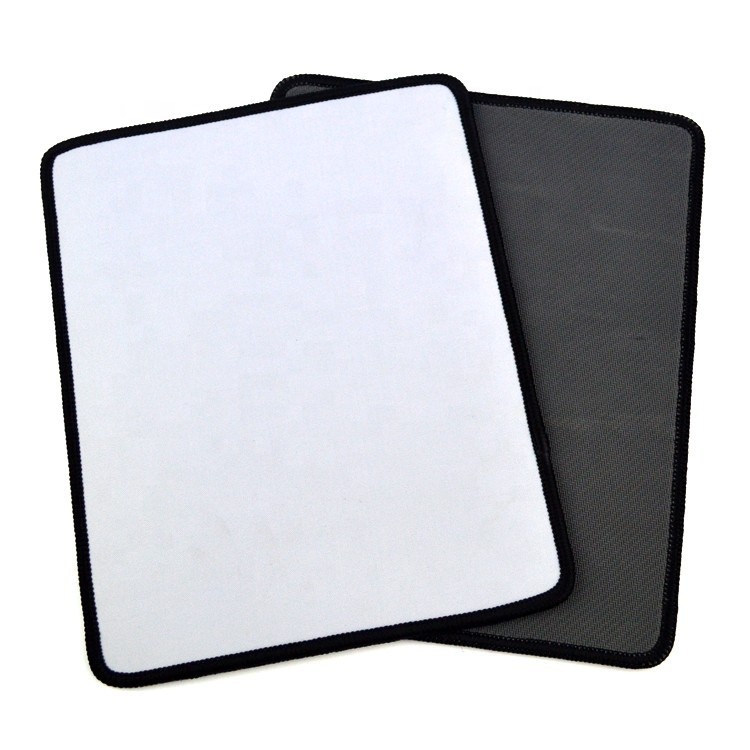Modern gaming and productivity mice often come with dedicated software that allows users to customize their mouse settings and performance. This software plays a significant role in tailoring the mouse to your specific needs.
Key Features of Mouse Software:
- DPI Adjustment: Most mouse software allows you to adjust the DPI settings to control cursor sensitivity. You can create profiles with different DPI levels for various tasks or games.
- Button Customization: You can remap mouse buttons to perform specific functions, macros, or key combinations. This feature is beneficial for gamers and professionals who want to streamline their workflow.
- RGB Lighting Control: Software often provides RGB lighting customization, allowing you to choose colors, patterns, and effects. This feature adds a personalized touch to your mouse and can also convey important information in some cases.
- Sensitivity Profiles: Create and save multiple sensitivity profiles for different applications or games. This allows for quick and easy switching between settings.
- Firmware Updates: Manufacturers release firmware updates to improve mouse performance and fix bugs. The software provides a convenient way to keep your mouse up to date.
- Surface Calibration: Some mice software includes surface calibration tools that optimize mouse tracking for the specific surface you’re using.
Optimizing Performance: To get the most out of your mouse software, consider the following tips:
- Experiment with different DPI settings to find the one that suits your preference.
- Customize button functions to match your workflow or gaming style.
- Use sensitivity profiles to streamline transitions between tasks.
- Keep your mouse’s firmware and software up to date for the latest features and improvements.
In conclusion, mouse software plays a crucial role in tailoring your mouse’s performance and customization to your specific needs. Take advantage of the features offered by your mouse software to optimize your productivity and gaming experience.






